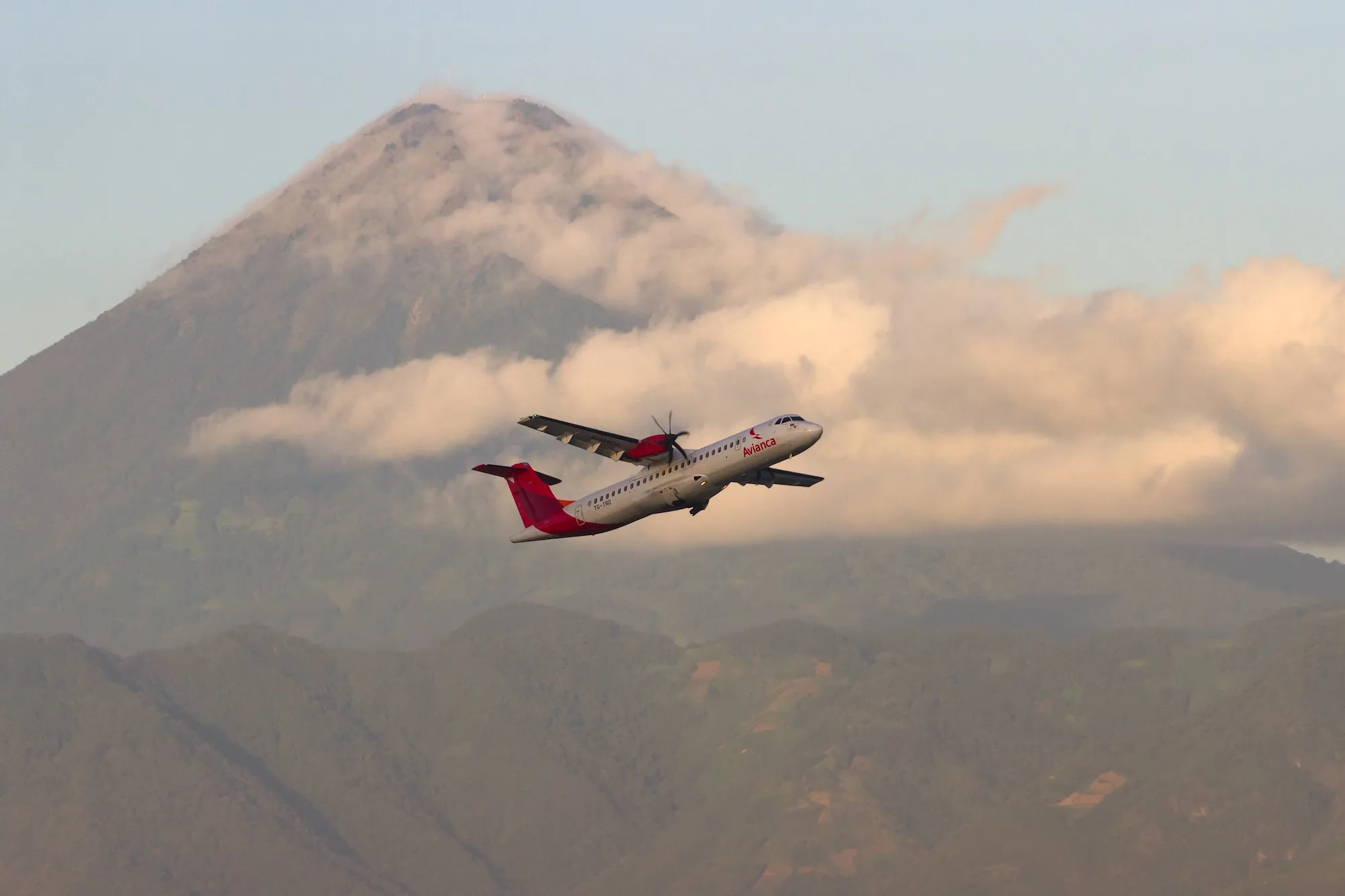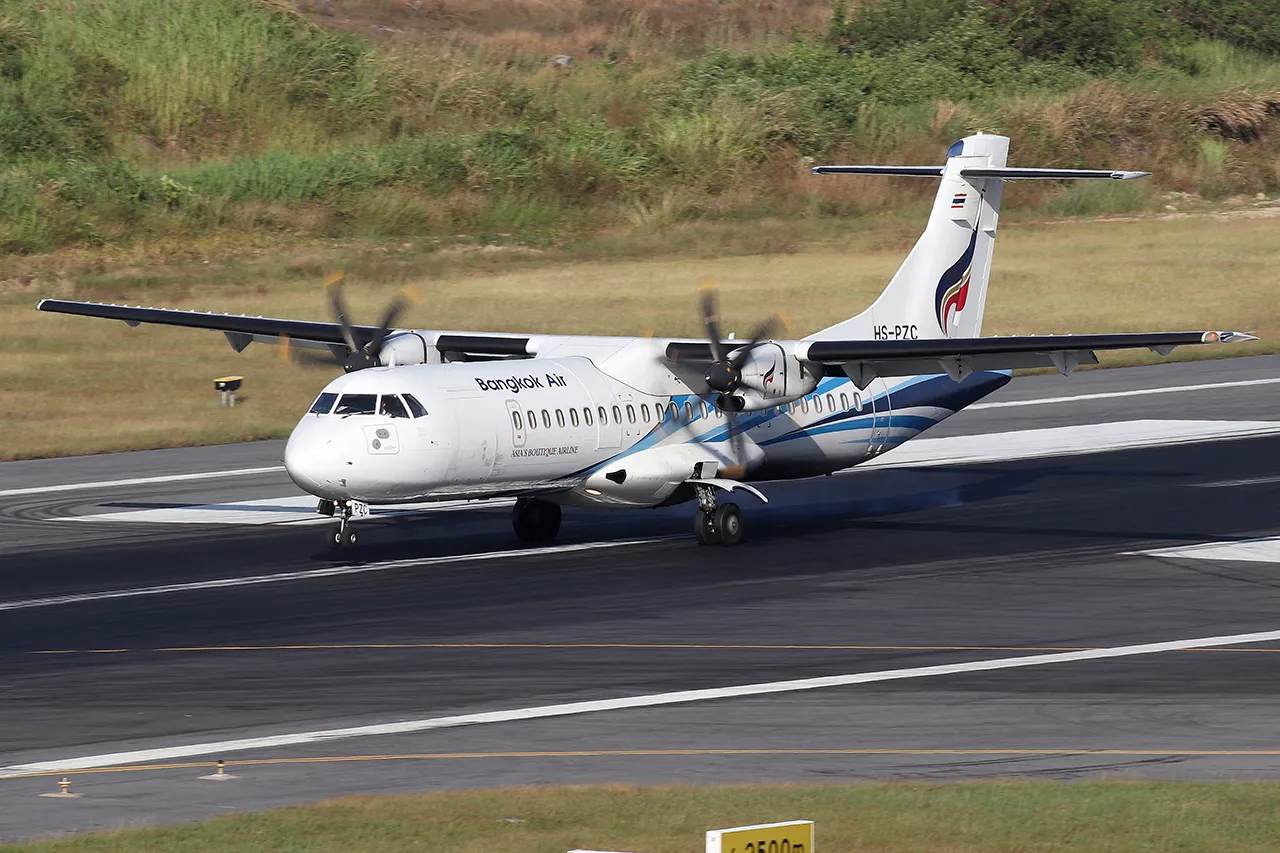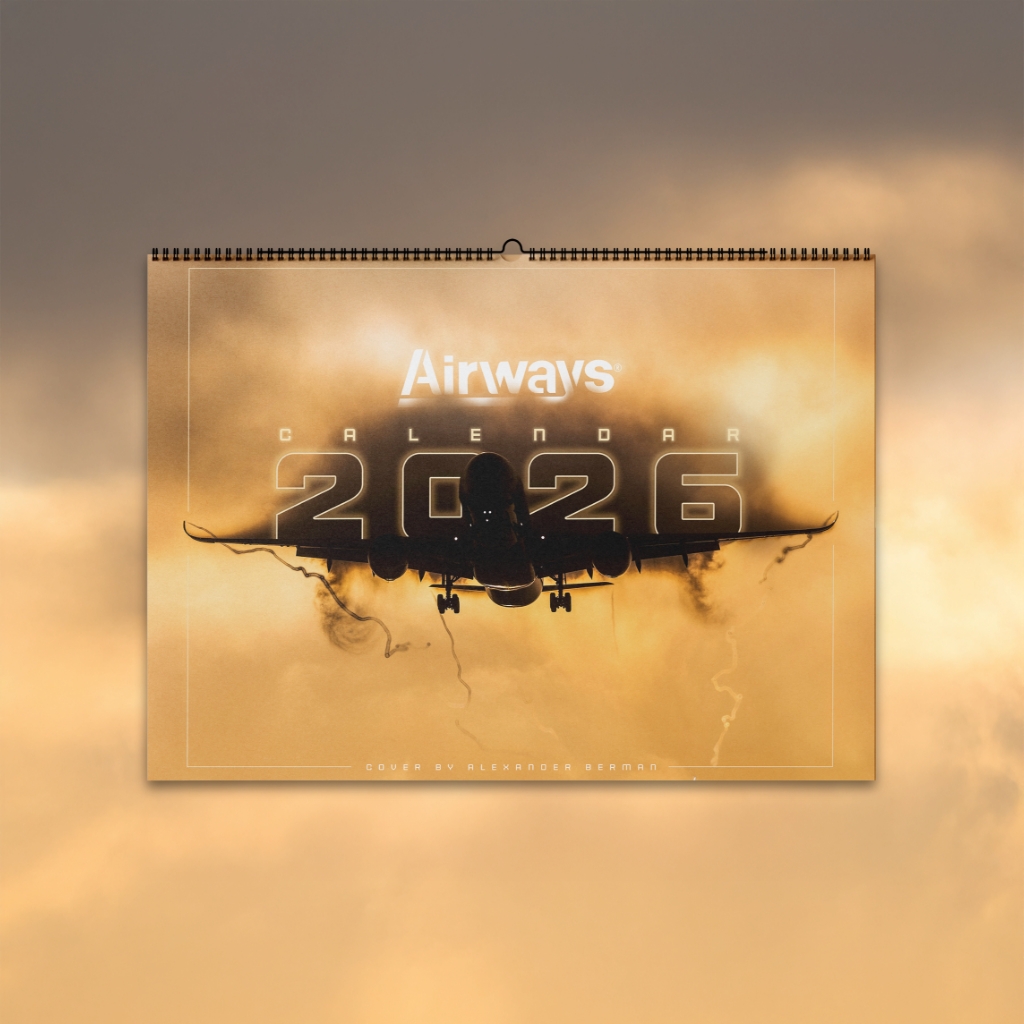DALLAS — Most modern airplanes use either jet engines or turboprop engines. Jet engines are more commonly used on long-distance, high-speed flights, while turboprops are more suitable for shorter regional trips.
One interesting safety feature found on turboprops is called Propeller Feathering: a system that helps reduce drag and maintain stability if one engine fails to operate.
What is Propeller Feathering
Now imagine you're flying a turboprop aircraft and suddenly one of the engines stops working. The propeller on that side doesn't stop spinning; instead, it continues turning in the wind, much like a windmill—hence the name windmilling, which creates a significant amount of drag, pulling the aircraft back and making it difficult to maintain a straight flight path or altitude.
Propeller Feathering means rotating the propeller blades so they align with the airflow; in other words, the blades turn parallel to the wind rather than slicing through it like usual. Typically, propeller blades are angled to push air backward, generating thrust. But when feathered, they rotate to sit nearly parallel to the airflow. Think of it like turning your hand sideways in water instead of flat; there's much less resistance.
By feathering the propeller, the aircraft significantly reduces drag, making it easier to stay airborne and fly straight, even with only one working engine. In many turboprops, this can happen automatically; however, pilots train to do it manually if needed.
It's a small mechanical action that can make a life-saving difference in flight.
In the picture above, you can see that the right engine is feathered, with its propeller blades aligned nearly parallel to the airflow, minimizing drag. In contrast, the left engine's blades angle to generate thrust.

Why Feathering Matters
When an engine fails on a turboprop aircraft, feathering the propeller becomes one of the most critical safety steps. It's not just about reducing drag; it's about maintaining control and preventing a bad situation from deteriorating.
If the propeller isn't feathered, the airflow keeps it spinning, a condition called windmilling. This creates a significant amount of drag on one side of the plane, throwing off its balance and causing it to yaw to one side. That sudden instability can be tough to manage, especially for a pilot already dealing with an emergency.
There's also a mechanical cost. A windmilling propeller places a significant amount of extra strain on the engine and its surrounding systems. Over time, this stress can cause further damage, which might have been avoided with proper feathering.
During takeoff or landing, the risks are even higher. At low altitude, there's very little room for error. An unfeathered propeller can make it nearly impossible to maintain altitude or speed, especially in adverse weather conditions. In some cases, it could lead to a complete loss of control.
To put it simply, failing to feather a propeller after engine failure not only affects drag but can also jeopardize the entire flight.
How Feathering Systems Work
Feathering systems operate using oil or hydraulic pressure, along with springs or counterweights, to move the propeller blades. Typically, when the engine is functioning correctly, oil pressure maintains the blades at a low pitch, enabling the propeller to produce thrust. However, if the engine fails and oil pressure is lost, the springs or counterweights then push the blades into the feathered position. This stops the propeller from spinning and helps reduce drag.
In some aircraft, an electric motor helps change the blade angle when needed. Most systems feather automatically in emergencies, providing an important safety function even if the pilot does not respond immediately.
Pilots use feathering when an engine fails during flight. If one engine fails, the pilot feathers the propeller to reduce drag, which helps maintain control of the plane and improves gliding while they address the issue.
In some cases, pilots also activate feathering on the ground. On certain turboprops, pilots may feather the props after shutting down the engine, especially in windy conditions, to prevent the blades from spinning in the wind (known as windmilling), which can damage engine parts and cause the plane to shake. In cold weather, feathering may help prevent strain or prevent ice from forming. But this depends on the aircraft and the airline's rules.
Pilots also train for this. Instructors often create simulated engine failures in simulators or during practice flights, and the student must react by feathering the correct propeller.

Jet Engines Don't Have Feathering
Feathering is a feature typically found on propeller-driven aircraft, such as turboprops. Jet engines don't need it because they work entirely differently. Instead of having a big external propeller, jets use internal fans that pull air in, compress it, mix it with fuel, and push it out the back to produce thrust.
So, when a jet engine fails, the fan typically slows down on its own and creates minimal drag. Jet engines, such as turbojets and turbofans, don't have large spinning blades protruding from the outside like turboprops do, so there's significantly less drag if they stop functioning.
Even in large turbofan engines with large front fans (known as high-bypass), if the engine fails, the fan still slows down naturally due to internal friction and airflow. That means it doesn't drag the plane much compared to a failed propeller that's spinning in the wind.
Still, whether it's a jet or turboprop, when one engine fails, you get something called asymmetric thrust. One side of the plane has more power than the other, which makes it want to yaw (turn towards the side with the dead engine). To deal with that, pilots use the rudder at the back of the plane to push the nose straight again and keep the aircraft flying in the right direction.
So, while jets don't need feathering because they don't create much drag when they fail, turboprops do. Feathering cuts down the drag from the dead propeller. Additionally, with proper rudder control, these features enable the aircraft to remain stable and controllable even if one engine fails.
Feathering in Pilot Training
Feathering isn't just something pilots memorize from a manual; it's a hands-on skill that they must practice regularly. For those flying multi-engine turboprops, knowing how and when to feather a propeller is a key part of both their initial training and ongoing checks.
In flight simulators, one of the first emergency drills pilots undergo is losing an engine immediately after takeoff. It's a high-stress moment, operating at low altitude, with full power, and a lot happening at once. The instructor will simulate a dead engine, and the pilot must determine which one it is, feather the prop, and maintain the plane's stability using the rudder. The primary goal is to minimize drag from the windmilling propeller and maintain aircraft stability, even with uneven thrust.
These training sessions also help pilots learn how to manage the yaw that results from losing power on one side, and they demonstrate just how much feathering can improve the aircraft's performance and control in challenging situations. Instructors will often modify the scenario, perhaps by operating at a higher altitude, with a crosswind, or with the engine failing during landing, to ensure pilots can handle it under various conditions.
In a genuine emergency, how well a pilot understands and reacts with feathering can make a huge difference. That's why aviation regulators, such as the FAA and EASA, require pilots to practice engine-out and feathering procedures regularly during simulator evaluations when flying turboprops.
Article sources: Aviation Stack Exchange, aeropeep.com, airliners.net, and aeropeep.com
.webp)



